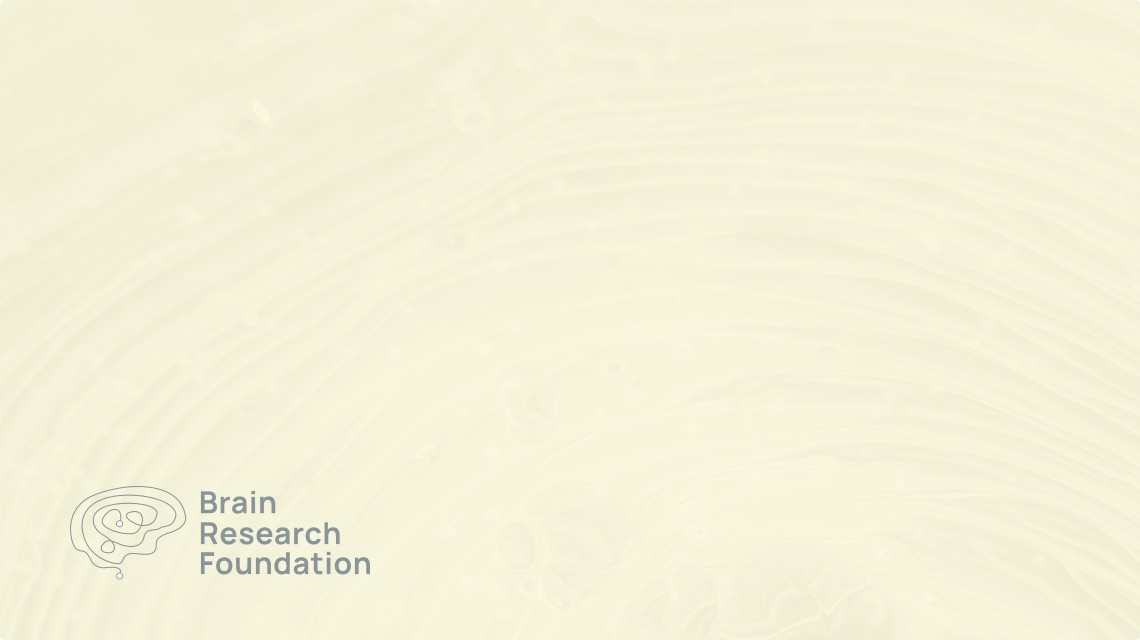2017 Seed Grant
Diasynou Fioravante, Ph.D.
University of California, Davis
A fundamental advancement in the way we understand and seek to treat conditions such as anxiety, depression, PTSD and autism comes from the realization that these are not single-site disorders; rather, they are disorders that stem from dysfunction in how neurons in different brain regions communicate with each other and form neural circuits that regulate cognition and emotion. These neural circuits are significantly more extensive than we previously appreciated and include unexpected structures such as the cerebellum, which is traditionally thought of solely as a motor control center. The cerebellum is widely connected with non-motor brain regions and has been strongly implicated in non-motor aspects of affective and neurodevelopmental disorders. However, our knowledge of how the cerebellum and its long-range connections are used to coordinate non-motor functions with the rest of the brain is rudimentary, limiting our ability to intervene therapeutically. The overarching objective of this proposal is to delineate the role of the cerebellum in emotion. We hypothesize that the cerebellum regulates emotional learning and memory through connections with the amygdala, a structure important for the processing of emotion. We propose to test this hypothesis at the level of individual neural connections (synapses), neural circuits and behavior through a multifaceted approach, which leverages the advantages of cutting-edge technologies to dissociate motor from non-motor effects. These studies will transform our understanding of cerebellar function and fundamentally advance our knowledge about the neurobiology of emotion, paving the way for the rational design of targeted translational approaches for the amelioration of multiple relevant neurodevelopmental and affective disorders.


